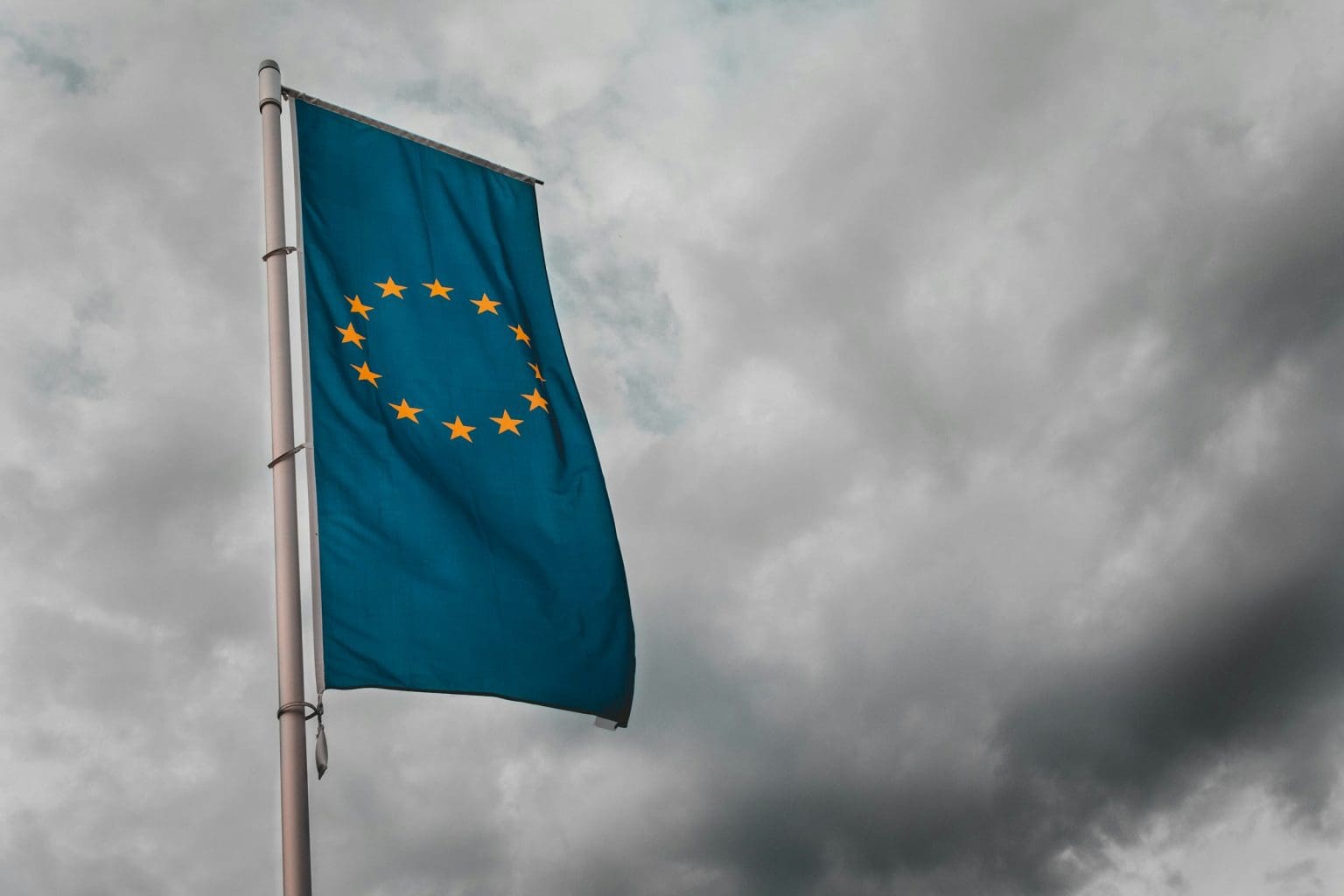In-Short
- EU releases “First Draft General-Purpose AI Code of Practice” for regulatory guidance.
- Draft created with input from industry, academia, and civil society, addressing AI risks.
- Objectives include clarifying compliance, understanding AI integration, and mitigating risks.
- Feedback on the draft is open until 28 November 2024, with final Code expected by May 2025.
Summary of the EU’s Draft AI Regulatory Guidance
The European Union has taken a significant step towards regulating artificial intelligence (AI) by publishing the “First Draft General-Purpose AI Code of Practice.” This draft represents a collaborative effort to establish a comprehensive framework for the governance of general-purpose AI models. The initiative involved four specialized Working Groups, each focusing on different aspects of AI governance, such as transparency, risk identification, technical risk mitigation, and governance risk mitigation.
The draft aligns with the Charter of Fundamental Rights of the European Union and considers international approaches to AI regulation. It emphasizes the importance of proportionality to risks and aims to remain relevant amidst rapid technological advancements. The draft’s key objectives include providing clear compliance methods for AI providers, facilitating AI integration, ensuring adherence to copyright laws, and continuously assessing and mitigating systemic risks.
A notable aspect of the draft is its detailed taxonomy of systemic risks, which categorizes the types, natures, and sources of potential threats posed by AI. It proposes a hierarchy of measures and key performance indicators to manage these risks effectively. Providers are encouraged to establish processes for incident reporting and to collaborate with independent experts for risk assessments.
With the EU AI Act in effect since August 2024, the final version of the Code is expected by May 2025. This proactive approach to AI regulation highlights the EU’s commitment to ensuring AI safety, transparency, and accountability. Stakeholders are invited to contribute to the refinement of the draft, which is open for feedback until 28 November 2024.
Further Reading and Participation
For more detailed information and to participate in the feedback process for the “First Draft General-Purpose AI Code of Practice,” please visit the official release.
Footnotes
Image credits and external sources referenced within the article are acknowledged where applicable.










